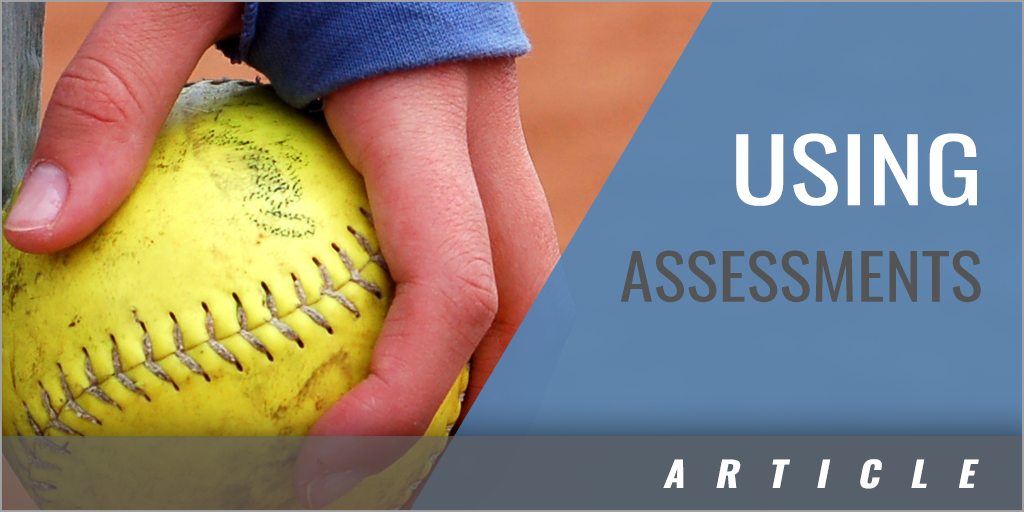|
By: Rachel Lawson Originally Published in: Practice Perfect Softball - NFCA Provided by: Human Kinetics The consistent use of players' and coaches' assessments serves as a powerful learning instrument that can help counsel the athletes and determine where strengths and weaknesses lie. Assessments work best when regularly scheduled meetings occur throughout the off-season. The first meeting should occur when practices first begin. During this assessment, the specific skills should be defined and baseline numbers should be taken. Next, a mid-season assessment that includes new measurements should be taken to determine whether the athlete is on the right track. Finally, an assessment at the end of the off-season is scheduled to collect new numbers for the coaches and player to review and determine the athlete's progress. To augment the process, a coach can create spreadsheets to rank the athletes on specific skills. The top 5 or 10 numbers can be posted in the locker room or distributed during a team meeting. Taking videos of the athletes excelling at the skills and showing them their success is both helpful and motivating. Player Assessments When scheduled on a routine basis, individual player meetings can help facilitate the learning process. During the process, a player should be required to assess her individual play in an objective manner, focusing on where she believes her strengths lie and where she can continue to work so that her weaknesses do not become team weaknesses. If handwritten assessments are also required of the athlete, she will be forced to think deeply about her skill set, which can help highlight obvious strengths and weaknesses. The coach should also fill out an assessment of the athlete. After both assessments are filled out, the coach and the athlete should schedule a meeting to discuss the results. During the meeting, the assessments indicate whether the player and coach are on the same page regarding the athlete's strengths. The assessments also serve as an objective form of communication that can improve the dialog between the coach and the athlete and make the learning process more efficient. Table 4.1 is an example of a written player assessment that we use during individual meetings.
Coaches' Assessments Coaches' assessments are an incredibly valuable learning tool if used consistently as a measure of where the athlete is at that moment. The use of video and statistical analysis accelerates learning because it removes a lot of player emotion from the learning process and places the mental focus on the task at hand. In addition, capturing a player's performance on video can enhance the speed of learning. By using statistics focused in smaller time intervals, checkpoints can be made to illustrate how much the player has improved in that designated period. Ideally, incremental jumps that show the player's strengths will occur, but if improvement doesn't occur, a player's weakness will be identified. Competition Competition often exposes an athlete's true character. The players who work hard to master their skills and have a greater sense of urgency tend to learn the game fast and are usually the better performers. Without question, the teams that are the most prepared and understand where each player's strength lies have a stronger identity and an advantage over teams that are less prepared and lack understanding of what they are capable of doing well. When game planning for the opposition, the team should always match their individual players' strengths against their opponents' perceived weaknesses. Information about the opponent can be collected before the game, during pregame, and during the game. The same instruments used to evaluate individual team strengths should be used to evaluate an opponent's strengths. Using a stopwatch, information can be gathered about arm strength and foot speed. When evaluating the opponent's pitcher, it is safe to assume that she is warming up her best pitches, spending more time focusing on the ones that she believes bring her the most success. Opposing hitters often expose the weaknesses in their swings when they are in the on-deck circle or during the game based on where they are standing in the batter's box. Softball, when played at the highest level, is a sport in which information about a player's strengths is gathered repeatedly and then used to make immediate in-game adjustments. The following example of an in-game scenario will be diagrammed to illustrate the individual adjustments that can be made by exploiting an athlete's strengths and weaknesses. |







